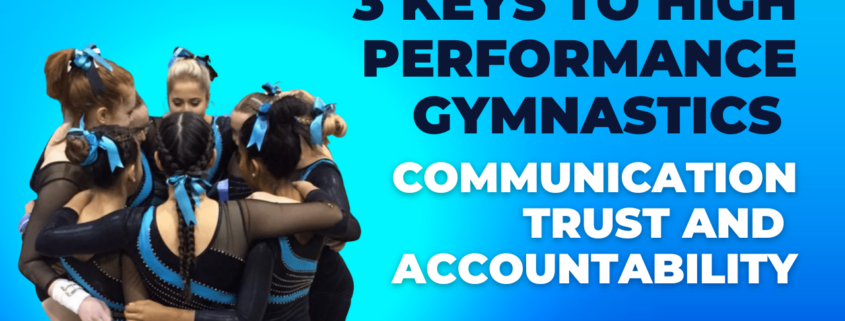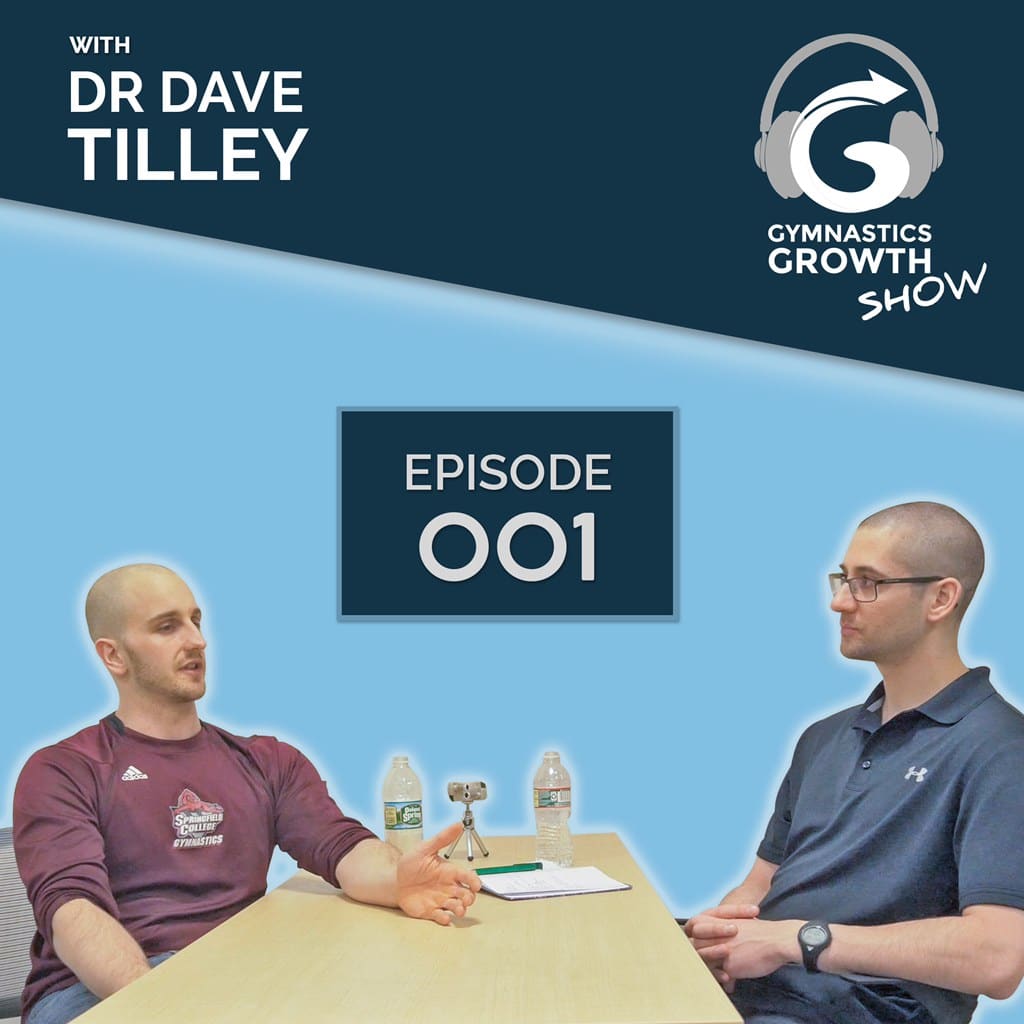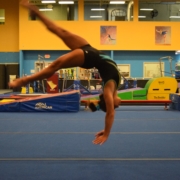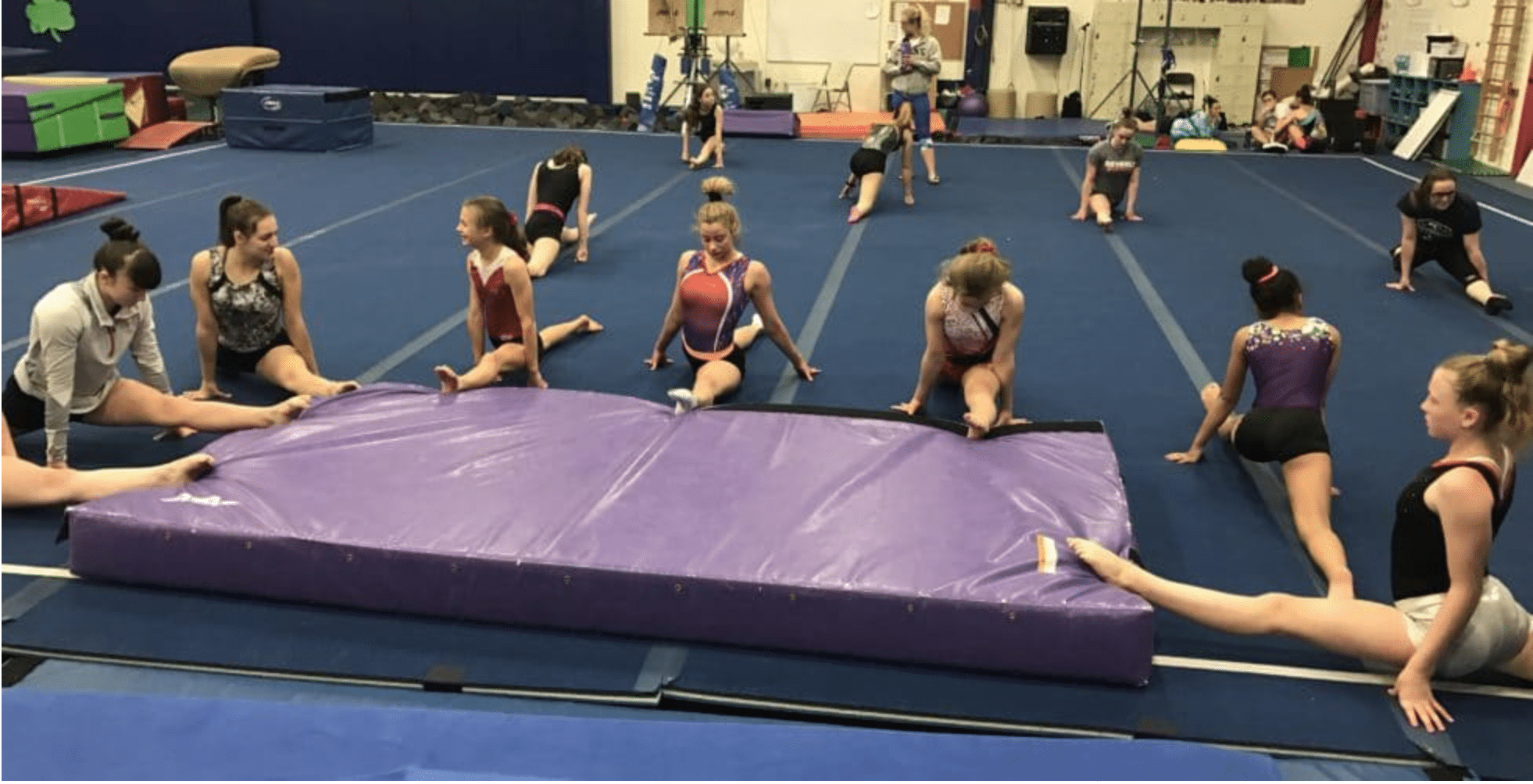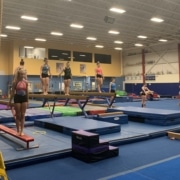Communication is the Key to Unlocking High Performance Teams in Gymnastics: Insights from The Culture Code, Good People, and Ego Is The Enemy
In talking with some of the highest perming teams in gymnastics, communication and radical, honest transparency are two cornerstones I’ve observed. From the highest-performing club teams, to the NCAA, to international elite consulting, this has been universal for me to see. Without clear, honest, and open communication, teams can struggle to achieve their goals and reach their full potential. Whether that’s a certain team score, or fewer injuries, or people just being happier day to day.
In this blog post, we’ll explore the importance of communication in high-performing teams, drawing on insights from three influential books that radically changed my coaching philosophy and career: The Culture Code by Daniel Coyle, Good People by Anthony Tjan, and Ego is the Enemy by Ryan Holiday. We’ll dive into specific points from each book to provide practical tips for improving your team’s communication skills.
First before we dive in, if you work in gymnastics in any way and want to learn the best tips for culture creation and tips from expert international elite coaches, be sure to get tickets to our epic 3 day virtual gymnastics event The SHIFT Symposium this June
Table of Contents
Building Trust: Insights from The Culture Code
According to The Culture Code, trust is the foundation of any successful team. Building trust requires vulnerability and authenticity, which are facilitated by effective communication. One key strategy for building trust the author highlights is ‘microevents’ of communication. When team members share personal stories and experiences, or ask ‘small talk’ questions about nonsports related things, it helps to build empathy and understanding. This ultimately fosters a sense of psychological safety that enables them to take risks and be creative. In gymnastics teams I’ve observed, there are small passing comments inquiring about someone’s day, hobbies, family life, or updates, that help to broadcast the sign that they care for each other at a human level.

Fostering Collaboration: Insights from Good People
Collaboration via communication is another critical component of high-performing teams. Good People emphasizes the importance of a collaborative mindset, encouraging team members to work together to solve problems and innovate. Effective communication is essential for making collaboration happen. In gymnastics, this often takes a few forms. One is asking gymnasts for their input about assignments and training plans. Two is actively involving the entire coaching staff in executive decision-making and planning. Three is talking with parents to over-educate them and keep them informed about what is going on.
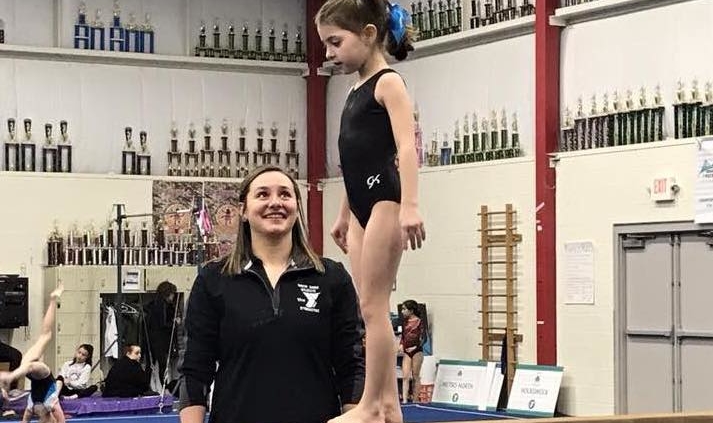
To do this, one key strategy is to establish clear communication channels, ensuring that team members have a shared understanding of how to communicate with each other. Keep slack channels, text threads, or group chats open as well as a place for office hours type discussion to hear out people’s ideas in private. Another important strategy is to create opportunities for collaboration, such as brainstorming sessions or cross-functional projects. By fostering collaboration through effective communication, teams can achieve more than they ever could alone. Team retreats, or outside gym game nights are a great way to do this.
Driving Accountability: Insights from Ego is the Enemy
Accountability is critical for high-performing teams, and effective communication is essential for driving it. Ego is the Enemy emphasizes the importance of taking responsibility for your actions and holding yourself accountable for your mistakes. Effective communication is essential for making this happen.
If you are working in gymnastics and want to be happier as well as see higher performance metrics, there is no doubt that accountability and self-reflection is essential. There is always more to learn from errors made, as well as different experts in adjacent fields who can offer you insight. Being accountable to find the blindspots you have, the reasons behind why a certain injury keeps happening, or the factors that lead to a less-than-ideal performance, should be staples through systems of self analysis.
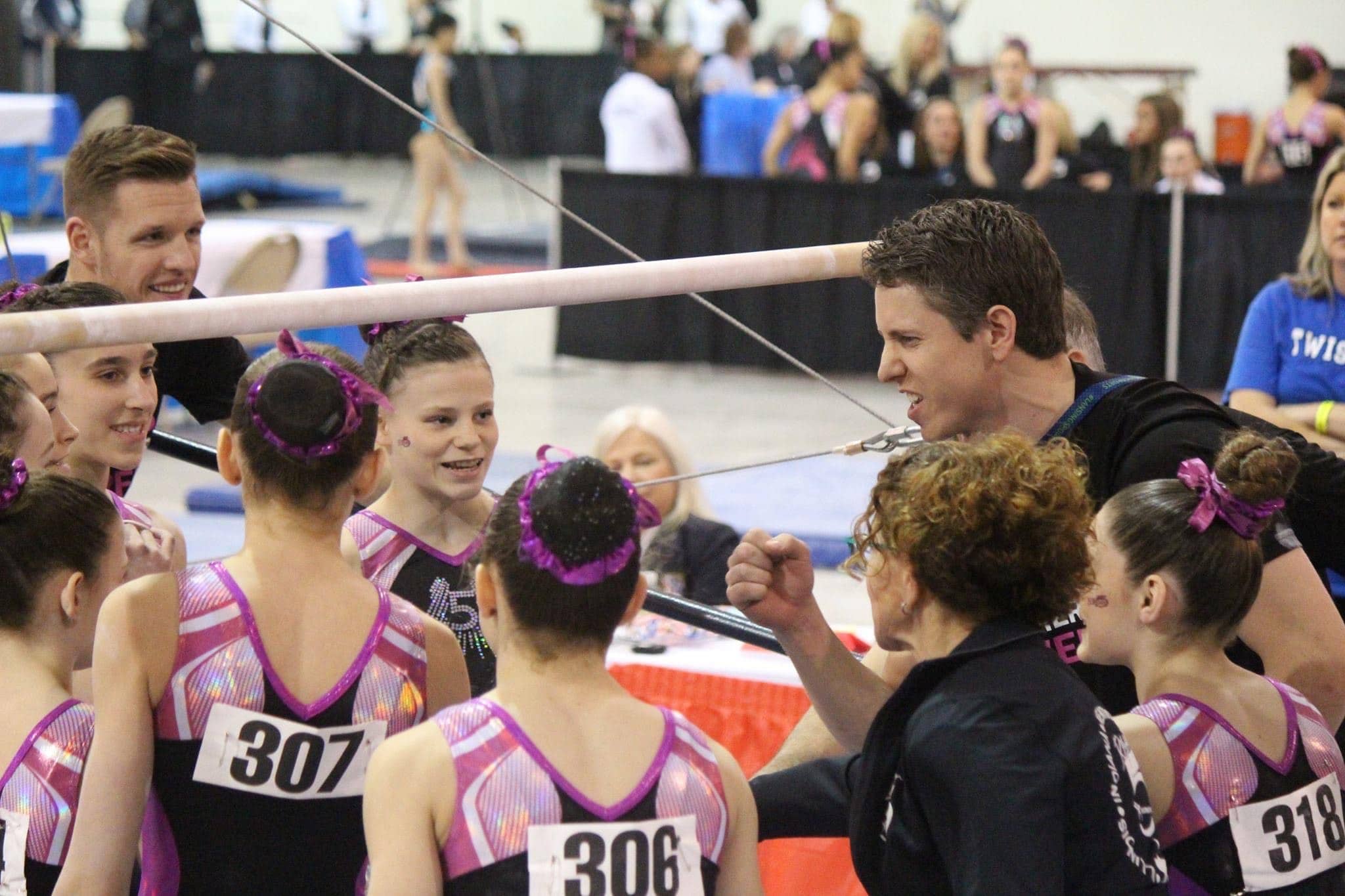
Practical Tips for Improving Communication in High-Performing Teams
Drawing on insights from The Culture Code, Good People, and Ego is the Enemy, we’ve put together some practical tips for improving communication in high-performing teams:
- Create a culture of openness and vulnerability by encouraging team members to share personal stories and experiences. Some call this ‘psychological safety’ and its essence as we often work with younger gymnasts.
- Practice active listening by paying close attention to what others are saying and seeking to understand their perspectives. Actively involve parents, coaches, and gymnasts in the planning process.
- Establish clear communication channels and protocols to ensure that team members have a shared understanding of how to communicate with each other. I love the phrase “anyone can say anything as long as it’s respectful and honest”
- Foster collaboration by creating opportunities for teamwork, such as brainstorming sessions or cross-functional projects.
- Establish clear goals and expectations to help team members focus their efforts and work towards a common purpose.
- Provide regular feedback, both positive and constructive, to help team members learn from their mistakes and improve their performance.
Conclusion
If you want to help gymnasts reach their highest goals, be happy working in the sport, and keep people as healthy as possible, communication and building trust is crucial. For those who have not read them, I highly recommend the books outlined above as they fundamentally changed how I view coaching and connections.
Also remember if you work in gymnastics and want even more tips about this, be sure to check out the 2023 SHIFT Symposium!
Hope this helped.
– Dave
Dave Tilley DPT, SCS
CEO/Founder of SHIFT

